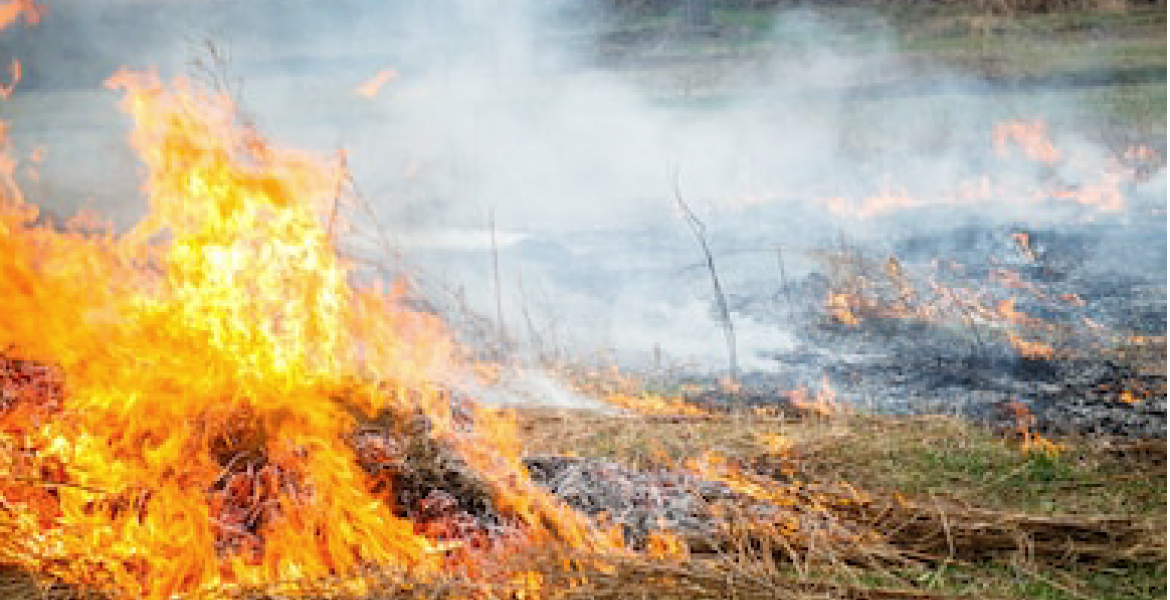AUSTIN, Texas—The Texas Parks and Wildlife Department (TPWD) and Texas Animal Health Commission (TAHC) confirmed the first case of chronic wasting disease (CWD) in Cherokee County, detected within a deer breeding facility.
A four-year-old buck tested positive during postmortem examination, a part of routine CWD surveillance protocols for the facility. Initial sample analysis was performed by the Texas A&M Veterinary Medical Diagnostic Laboratory, with confirmation of the CWD detection conducted at the National Veterinary Services Laboratory in Iowa.
Chronic wasting disease (CWD) manifests after a prolonged incubation period, often remaining asymptomatic for years, making surveillance testing vital for early detection. Timely identification through proactive monitoring plays a crucial role in the state's response strategy, significantly mitigating the risk of disease transmission.
Those interested in having their harvested game tested for CWD are encouraged to reach out to a local biologist, listed on the TPWD website.
CWD is a fatal neurological condition primarily affecting cervids such as deer, elk, moose, and related species. The disease progresses slowly without immediate visible signs in susceptible species. Over time, affected animals may exhibit behavioral and physical alterations. Symptoms include weight loss, impaired movement or coordination, reduced appetite, teeth grinding, abnormal head posture, drooping ears, and increased thirst, salivation, or urination.
In Texas, CWD was initially detected in free-ranging mule deer near the Texas-New Mexico border in 2012. Since then, the disease has been found in both captive and free-ranging cervids, including white-tailed deer, mule deer, red deer, and elk across the state.
For more information about prior CWD cases in Texas and guidelines for hunters and landowners, refer to TPWD’s CWD page or the TAHC’s CWD page.
Subscribe to the LIVE! Daily
Required






Post a comment to this article here: